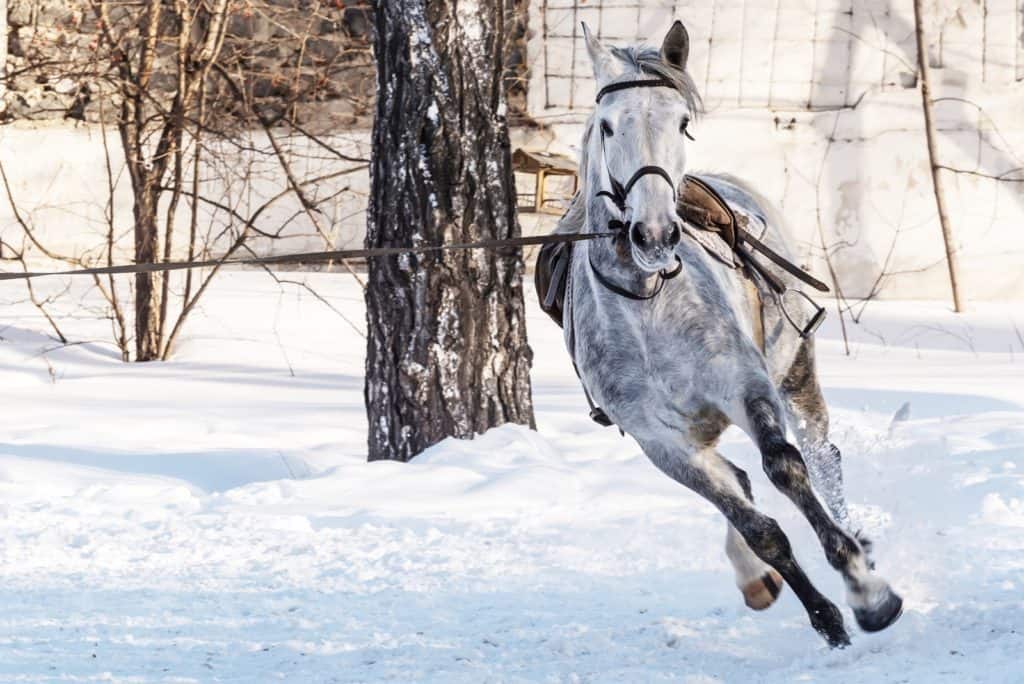
Feed Weanlings Carefully to Support Growth, Reduce DOD
A forage-based, total mixed-ration cube fed free choice supported weanling growth rates without increasing DOD cases.

A forage-based, total mixed-ration cube fed free choice supported weanling growth rates without increasing DOD cases.

Physiologic and anatomic systems coordinate to allow a horse to reach his maximum athletic potential.
The Arabian Horse Foundation is funding research on juvenile idiopathic epilepsy and occipitoatlantoaxial malformation.

A hereditary disease–skeletal atavism–leads to disturbed skeletal development and usually requires euthanasia.

A resveratrol and hyaluronic acid supplement could have anti-inflammatory effects in aged horses, researchers found.

One researcher describes the promising progress that’s been made in lameness diagnosis and treatment.

Vets can glean crucial information by evaluating horses with performance issues in hand, on the longe, and under saddle.

Researchers found that MRI images of bone thickness could provide critical information about fracture risk.

Popular topics included body condition, bisphosphonates, horse identification, hoof problems, deworming, and more.

Jasmin Bagge, DVM, is studying the use of stem cells to facilitate tissue repair following injury in horses.

Of the 442 respondents, 90 (20%) use injections as a regular part of their horses’ joint management programs.

Horses can appear lame in the front limb when the real lameness is the hind limb on the same side, researchers found.

Complications are common with traditional repair, so researchers tested a plate designed for human geriatric patients.

Young horses leaned more than older ones with better musculoskeletal strength and coordination, scientists say.

Learn the latest about this puzzling neuromuscular disease.
Dr. R. Reynolds Cowles Jr. focuses much of his practice on lameness in racehorses and performance horses.
Stay on top of the most recent Horse Health news with
"*" indicates required fields